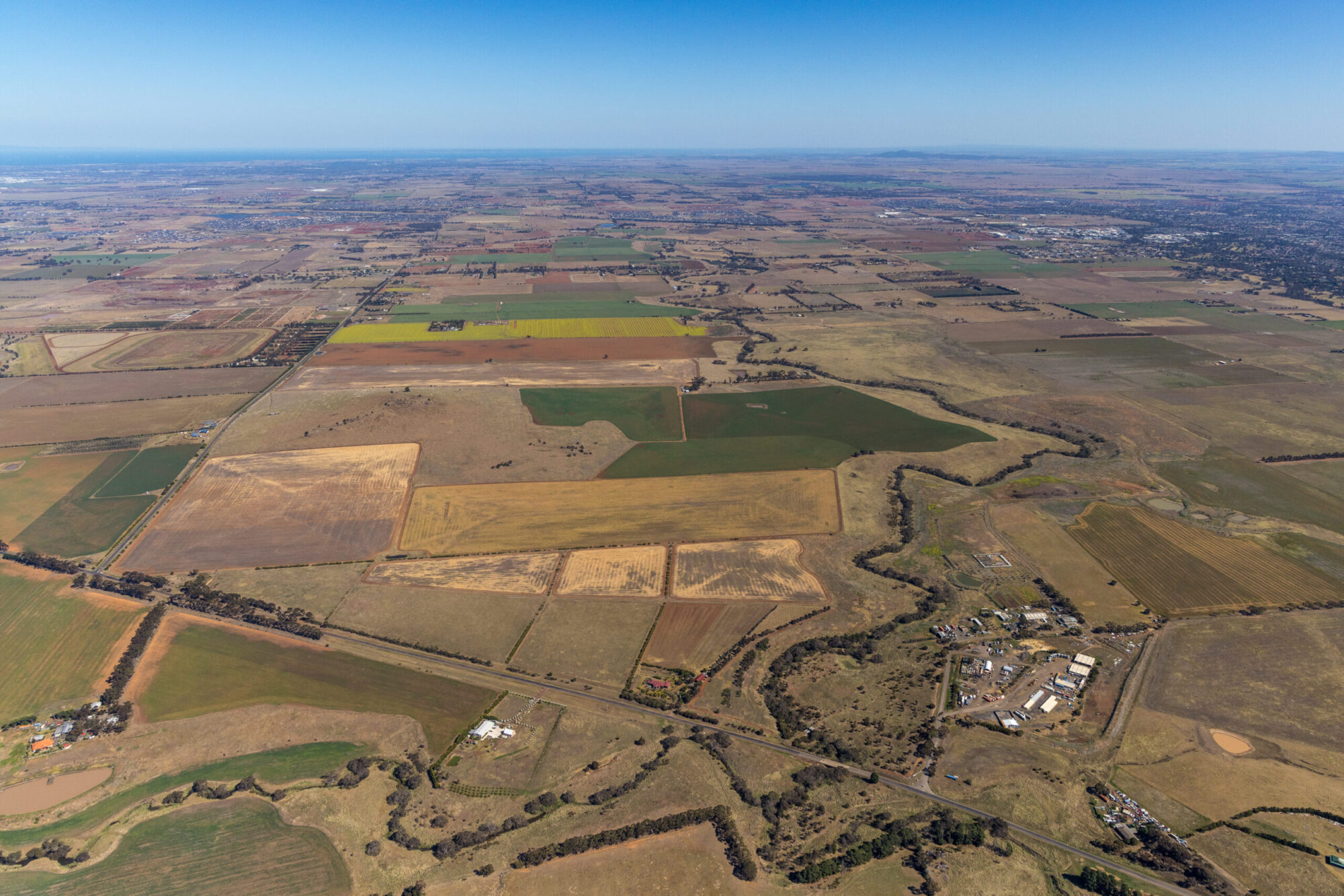When I first got into aerial photography for real estate about 20 years ago, I had no idea how much it would change the game. After thousands of flights, I’ve seen firsthand what a dramatic difference it makes in selling properties.
There’s something special about seeing a home from above. Ground-level photos only tell part of the story, but an aerial view pulls everything together. It shows potential buyers not just the house, but its place in the world.
I remember reading this book called “The Production of Space” by Henri Lefebvre years ago that talked about how physical spaces aren’t just backgrounds in our lives – they’re active participants. That’s exactly what aerial photography does – it connects people with not just a building, but a place they might call home.
When buyers look at interior shots, they see rooms and features. When they see aerials, they understand the whole package – the neighbourhood, that gorgeous backyard that doesn’t look as impressive from the ground, how close the property is to parks or water. These shots give buyers the full context they need.
What I’ve learnt over my career is that aerial photography taps into the emotional side of buying a home. A good aerial shot sparks the imagination. People start picturing Sunday barbecues in that spacious yard or morning walks to that nearby lake they didn’t even know was there.
For real estate marketing, aerial photography isn’t just another pretty picture – it’s telling a deeper story about a property. It translates all those abstract feelings about “home” into something tangible that buyers can see and connect with.
After two decades shooting properties from above, I’m still amazed at how powerful these images can be. They don’t just showcase features – they help buyers envision the life they could have there. That’s what turns a listing into a home, and ultimately, what helps close the deal.

